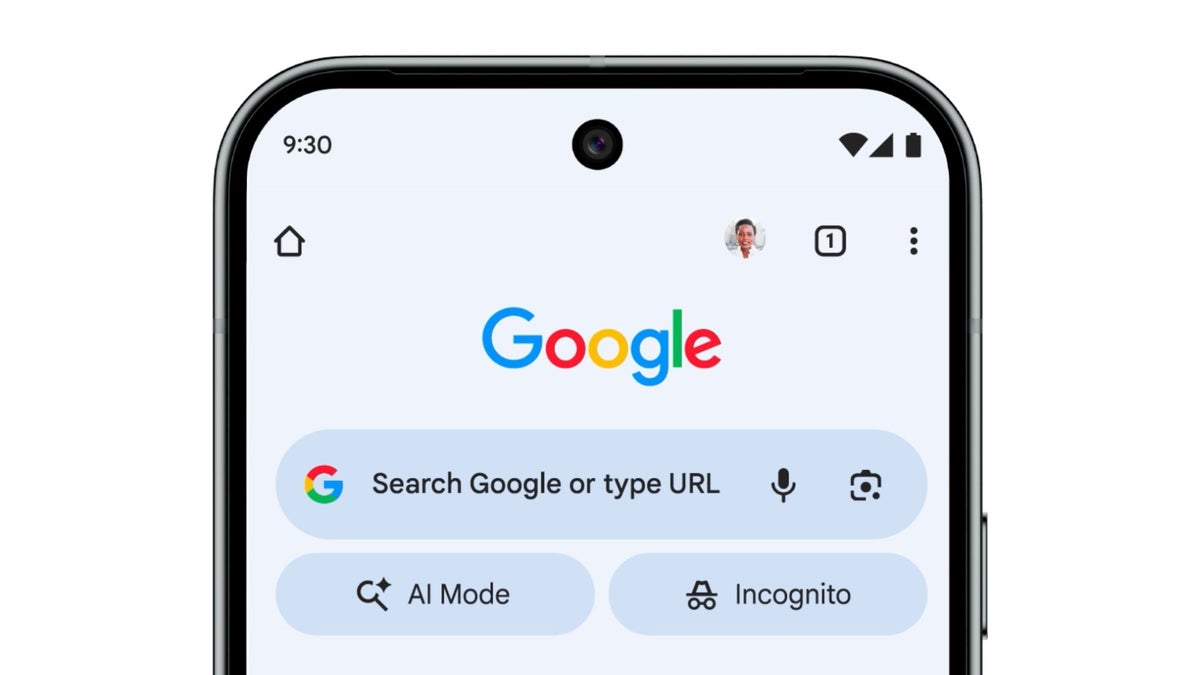The Cloud Native Summit recently released videos from its 2025 conference in Auckland. The sessions included several talks highlighting how organisations turn collaboration patterns into outcomes with the Open Practice Library, a curated collection of patterns that help teams through collaborative practices. Andrea Magnorsky presented her Byte-Sized Architecture approach for building shared understanding of architecture, while Ahilan Ponnusamy and Andreas Grabner, co-authors of Technology Operating Models for Cloud and Edge, discussed applying library practices to drive successful enterprise AI adoption.
Magnorsky, an architect and consultant, described designing Byte Sized Architecture workshops when working with UK broadcaster ITV, as a way to make architecture continuous and inclusive, using regular short, structured workshops to build shared understanding. Her talk, titled The Deliberate Practice of Thinking about Your Systems, showed that the key differentiator of Byte Sized Architecture is that it avoids forcing a complex outcome in a single optimistically timeboxed architectural session. She explained how the sessions integrate architectural alignment and evolution into a team’s cadence with insights emerging from a mix of technical and non-technical partners:
It takes between 45 and 90 minutes… you have strategies to deal with larger groups but the actual session has no more than 10 people. And most importantly, it’s recurrent. So you can run a series of these sessions to achieve certain goals.
Magorsky explained that recurrent workshops, where participants draw and share their understanding of architectural components, makes the implicit explicit, enabling teams to gradually capture insights, surface assumptions, and create a living library of architecture knowledge that evolves alongside the system. She said ultimately, “what we have built is (an) encoding of what is in the programmer’s brain,” and that misalignment with this is most pronounced during incidents, when the mental models of engineers on an incident-call diverge from when the software was built, impacting recovery.
Connecting with these ideas, Ponnusamy and Grabner presented their keynote titled Technology Operating Model for Enterprise AI Adoption, introducing a framework designed to guide AI projects through an iterative, outcome-aligned adoption process. Drawing on the Open Practice Library, the model emphasises stakeholder alignment, platform engineering, and incremental delivery.
Ponnusamy explained that every organization has a technology operating model, but few make it explicit. AI adoption adds urgency, as enterprises are rapidly deploying generative AI, hybrid cloud architectures, and new platforms, all while facing challenges such as shadow AI adoption by stealth, a sprawl of approaches, and talent scarcity. He outlined the importance of utilising a platform engineering approach to AI adoption:
It provides a single point of access for all tools, a single source of truth for initiatives, and guardrails for security and compliance… By operating the platform as a product, you ensure it addresses current needs while remaining flexible for the future, improving adoption and experience.
Ponnusamy and Grabners’ operating model is structured around the concept of “streams, dimensions, and dimension items”. For example, the AI platform and tenant experience stream is distilled into dimensions within this domain, that include platform onboarding, lifecycle management, and AI operations. Each dimension is broken into incremental, measurable transition states of evolution, comparable to milestones, leading ultimately to a target state of standardised, automated, bias-aware AI operations. Ponnusamy described it:
You need to know your start state, define achievable transition states, and build toward your target state incrementally. For example, we might first make customers aware that AI is being used, then capture feedback, implement bias detection, and finally reach fully automated AI operations.
The Technology Operating Model for AI Adoption, involves a recurrent process of assessing progress towards the target state, and utilises a mix of established lean processes from the Open Practice library such as Impact Mapping for stakeholder and goal alignment, story mapping and value slicing for breaking down work, and various facilitation techniques, as depicted below.
Like Magnorsky’s Byte Sized Architecture, the Technology Operating Model for AI demonstrates that recurrent sessions with a small group collaborating to improve ownership and evolution of architecture are equally critical for AI adoption. This aligns with the 2025 InfoQ Culture and Methods Trends report, in which “the panel agreed that in the rush to adopt AI, teams must preserve spaces for human collaboration, reflection, and learning.”
This was further echoed by May Xu, Thoughtworks’ head of technology for APAC, who recently wrote about five dimensions for leaders to focus on when driving impactful AI adoption. Xu proposed a strategy which focuses on skills, AI literacy, collaborative learning, governance, experimentation and clear playbooks. While literacy and collaborative learning closely align with Byte Sized Architecture, the remainder fit well into the Technology Operating Model for AI Adoption.
Magnorsky reminded the audience that they were all “knowledge workers,” and called out that this meant they were most effective when working together to see “the system from multiple perspectives,” in order to deliver value through successful change. She said:
Knowledge work is understanding and applying knowledge, which is your experience, values, context, all your heuristics in ways that enable your organisations to make effective change.









